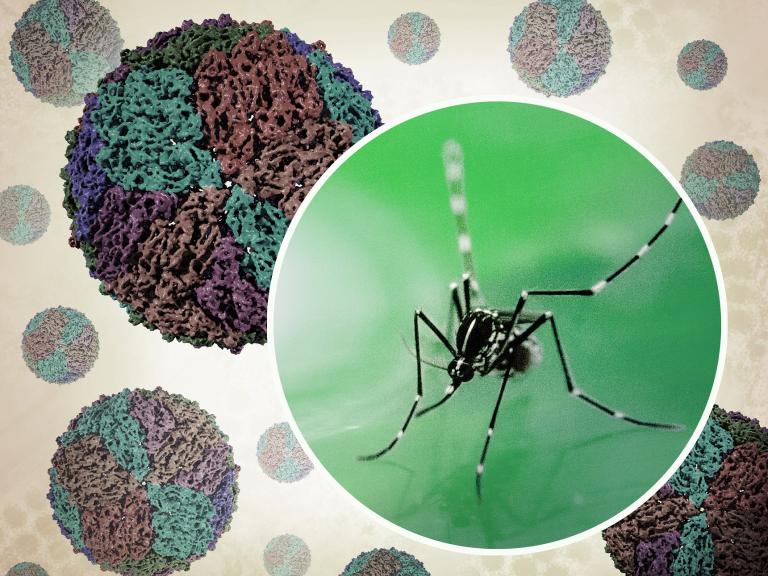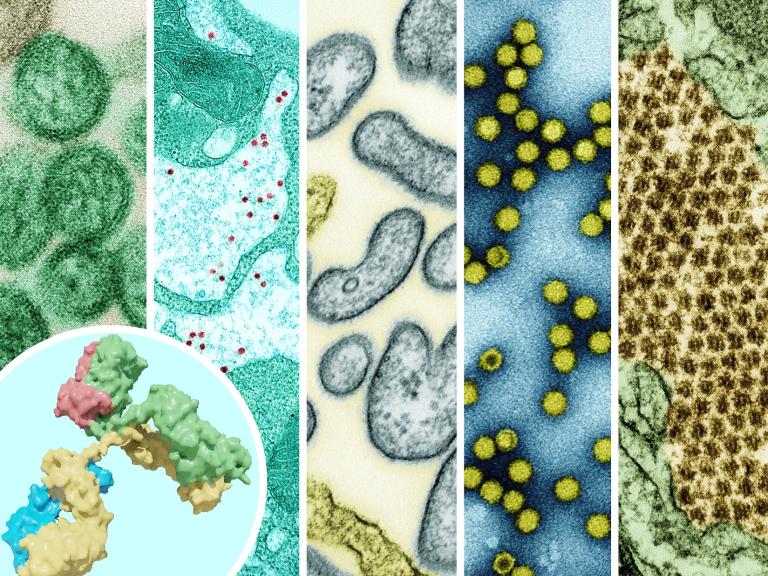Dengue fever is an infectious disease carried by mosquitoes and caused by any of four related dengue viruses. This disease used to be called "break-bone" fever because it sometimes causes severe joint and muscle pain that feels like bones are breaking. Health experts have known about dengue fever for more than 200 years.
According to the Centers for Disease Control and Prevention, up to 400 million people get infected with dengue, approximately 100 million people get sick from infection, and 40,000 die from severe dengue. Almost half of the world’s population live in areas with a risk of dengue. Dengue is often a leading cause of illness in areas with risk.
Recognizing the threat to public health posed by dengue, NIAID funds over 200 hundred dengue research projects, including studies on dengue hemorrhagic fever and dengue shock syndrome, the most severe forms of the disease. NIAID research priorities include effective community-based prevention programs, improved laboratory-based international surveillance, rapid diagnostic tests and therapies, and development of and clinical trials for dengue vaccines.
Highlights

NIH-Funded Clinical Trial Will Evaluate New Dengue Therapeutic
A Phase 2 clinical trial will test the safety and efficacy of an experimental treatment for dengue, a viral disease transmitted by mosquitoes.

NIH Awards Establish Pandemic Preparedness Research Network
The NIH has established a pandemic preparedness research network to conduct research on high-priority pathogens most likely to threaten human health with the goal of developing effective vaccines and monoclonal antibodies.
News Releases
- NIH-Funded Clinical Trial Will Evaluate New Dengue Therapeutic
February 11, 2025 - NIH Awards Establish Pandemic Preparedness Research Network
September 13, 2024
NIAID Now Blog
Funded Research News
- New Dengue Virus Naming System Will Help Identify and Track Variants
September 27, 2024
Related Public Health and Government Information
To learn about risk factors for dengue fever and current prevention and treatment strategies visit the MedlinePlus dengue site.


